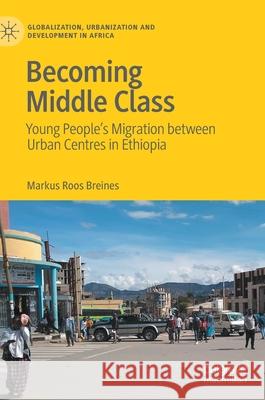Becoming Middle Class: Young People's Migration Between Urban Centres in Ethiopia » książka
topmenu
Becoming Middle Class: Young People's Migration Between Urban Centres in Ethiopia
ISBN-13: 9789811635366 / Angielski / Twarda / 2021 / 213 str.
Kategorie BISAC:
Wydawca:
Palgrave MacMillan
Seria wydawnicza:
Język:
Angielski
ISBN-13:
9789811635366
Rok wydania:
2021
Wydanie:
2021
Numer serii:
001087896
Ilość stron:
213
Waga:
0.42 kg
Wymiary:
21.01 x 14.81 x 1.42
Oprawa:
Twarda
Wolumenów:
01
Dodatkowe informacje:
Wydanie ilustrowane











